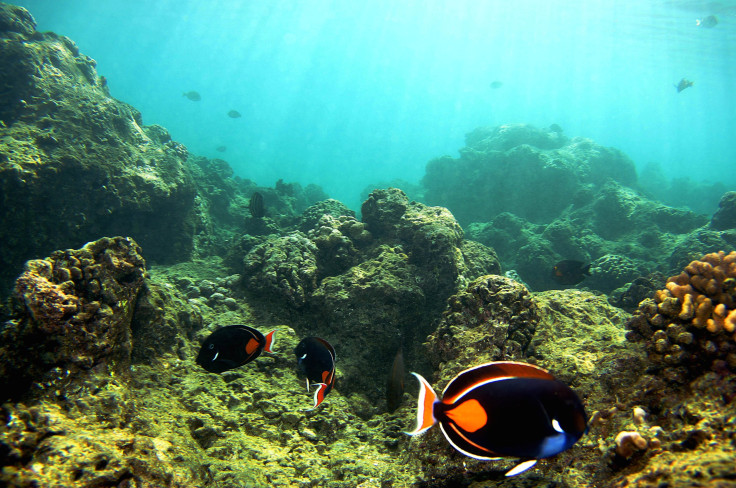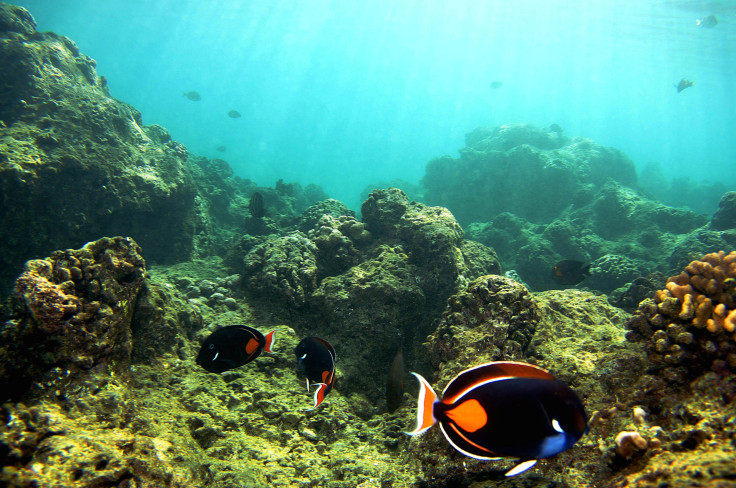Global Warming News: Coral Reefs Dying In South China Sea

Vibrant coral reefs in the South China Sea have been decimated due to a combination of global warming and local weather. The combined factors produced a 42 degree Fahrenheit rise in temperatures around the Dongsha Atoll, killing 40 percent of its coral population, according to a study by the Woods Hole Oceanographic Institution.
The reef system relies on wind and waves to flush warm, shallow water out of the reefs and bring in cooler water from the open ocean. Corals can only survive within certain temperature limits: when those limits are exceeded, corals get stressed and release the algae they need to survive. One hundred percent of the coral reefs bleached in the 2015 event, ending with 40 percent of them dead.
Read: Australia Not Adequately Protecting Great Barrier Reef
“Dongsha Atoll is typically hit with tropical storms and strong winds in June, which keep the corals as cool as the open ocean,” Tom DeCarlo, lead author of the study, said in a press release last week. “But in 2015, the weather in June was exceptionally calm – at one point, there was basically no wind and no waves. That had an amplifying effect on the water temperatures, which were already feeling the heat from global warming and El Nino. The whole reef became a giant swimming pool that just sat there and baked in the sun.”

Other coral reefs in the South China Sea are also suffering as a result of increased military buildup by China and other nations. Since the beginning of 2014, China has reclaimed more than 3,000 acres of reef in the sea, according to CNN. Abundant corals have been used as foundations for military bases, leading to a 70 percent reduction in reef cover near the structures.
Read: Military And Defense Structures Being Built Up In South China Sea
Reefs around the world are suffering as a result of warming, ocean acidification and weather events. In 2015, the largest coral bleaching event in recorded history occurred after a prolonged El Nino in the Pacific Ocean.
“It’s possible that coral reefs are in much more immediate danger than we have anticipated,” Woods Hole scientist Anne Cohen said in the press release. “When global and regional anomalies align, a seemingly mild two-degree warming could be more like six degrees.”
© Copyright IBTimes 2025. All rights reserved.






















